40 tundra food web diagram
Apr 13, 2015 - ARCTIC TUNDRA ecosystem food web diagram | Tundra Food Web: The fragile food chains of tundra support some of the most amazing species on the planet, including the likes of gray wolves, polar bears, snowy owls, and Arctic foxes. For tundra plants and animals, survival is not just about battling the harsh environment of this biome, but is equally about being a part of its complex food web.
Food web diagrams are simplified depictions of some of the relationships in an ecosystem. POLAR BEAR. ARCTIC FOX. GLAUCOUS. GULL. EIDER DUCK. RINGED SEAL.11 pages
Tundra food web diagram
Food web and Explanation. This food web shows the cycle at which food is transferred between organisms. First, the sun helps grow the plants (through photosynthesis) to provide food for the herbivores to graze. Then the carnivores hunt and eat the herbivores to regain its their energy. The Plants include Lichen, Grasses, and Arctic Wildflower. ARCTIC food web. Producers are highlighted in green, Primary Consumers in yellow, and Secondary Consumers in red. This is an example of an arctic tundra food web. The organisms on the very bottom are the producers who convert sunlight into usable energy through photosynthesis. Producers in the arctic are mostly small shrubs and lichen, like ... Tundra Biome Food Web. Every ecosystem consists of plants, herbivores, and carnivores. Food chains identify who eats whom to demonstrate the flow of energy in a oneway, linear relationship. For ...
Tundra food web diagram. A food chain diagram is a visual representation of the flow of food energy through an ecosystem. Typical food chains start with a producer and are composed of at least three types of organisms. For example, when zooplankton eat ... • Slide #18: Use the provided tundra food web to review what a food web is. The example below shows the energy flow in a basic food chain in The Tundra. This food chain is part of a more complex food web involving producers and consumers (herbivores, carnivores, and omnivores). Producers here include grasses, lichens, and caribou moss. Herbivores that eat these plants include the musk ox, arctic hare, and lemmings. In other words, a tundra is sort of like a cold desert, but, a tundra does have more vegetation (plants) than a desert because of the extra rain. Tundras are areas at the top of the world in the arctic circle. Some tundras are Alaska, Northern parts of Canada, the Arctic (North Pole), parts of Russia, Greenland and other parts of Northern Europe. A food web shows overlap between multiple food chains in an ecosystem. Living organisms in any biome interact through a variety of relationships. Organisms ...
Tundra is the coldest of all biomes. Tundra ultimately means treeless plain. Noted for frost-molded landscapes, extremely low temperatures, little precipitation, poor nutrients, and short growing seasons. Average winter temp. is -30 degrees fahrenheit. Average summer temp. is 37-54 degrees fahrenheit. Arctic Wolf. 25 Jul 2018 — This takes the form of a tundra food web diagram that shows all connections and directions of energy flow between organisms in the ecosystem ... At the top of the food web, the Polar Bear reigns.The only predator for the Polar bear is Man (not shown on this ecosystem chart).Polar bears eat the Arctic seal and the Atlantic salmon and has no predator thus for making it the top of its food web.Below is a list of who eats who:. The Arctic seal is eaten by the polar bear and eats the Atlantic salmon Peter D. Moore · 2008 · Environmental sciencesIn the tundra most food chains have a maximum of about four links within them. ... complex food web, such as the one shown in the diagram on page 91, ...
Tundra Food Web ( Block Diagram) Use Creately’s easy online diagram editor to edit this diagram, collaborate with others and export results to multiple image formats. We were unable to load the diagram. You can edit this template and create your own diagram. Creately diagrams can be exported and added to Word, PPT (powerpoint), Excel, Visio ... Tundra Biome Food Web. Every ecosystem consists of plants, herbivores, and carnivores. Food chains identify who eats whom to demonstrate the flow of energy in a oneway, linear relationship. For ... ARCTIC food web. Producers are highlighted in green, Primary Consumers in yellow, and Secondary Consumers in red. This is an example of an arctic tundra food web. The organisms on the very bottom are the producers who convert sunlight into usable energy through photosynthesis. Producers in the arctic are mostly small shrubs and lichen, like ... Food web and Explanation. This food web shows the cycle at which food is transferred between organisms. First, the sun helps grow the plants (through photosynthesis) to provide food for the herbivores to graze. Then the carnivores hunt and eat the herbivores to regain its their energy. The Plants include Lichen, Grasses, and Arctic Wildflower.
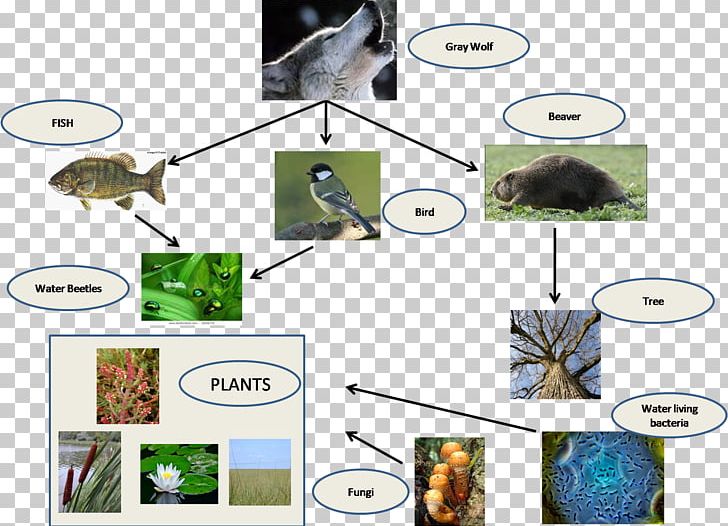
Everglades Food Chain Food Web Swamp Png Clipart Angle Animals Chain Diagram Ecological Pyramid Free Png

Heat Transfer Food Chain Food Web Ecosystem Air Masses Convection Currents Weather Weather Instruments Weather Weather Instruments Energy Potential And Kinetic Energy Potential And Kinetic Energy Weather Instruments Electric Current And S

Tundra Arctic Chain Climate Ecology Ecosystem En Global Greenland Harsh Nature Glogster Edu Interactive Multimedia Posters
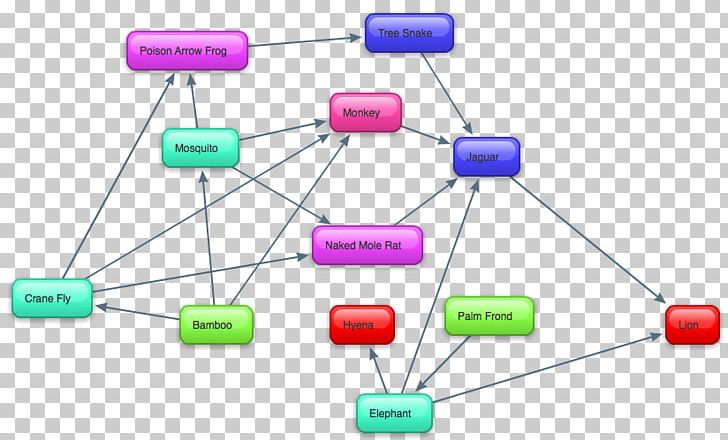
Tropical Africa Food Web Food Chain Tropical Rainforest Png Clipart Chain Communication Computer Network Diagram Electronics
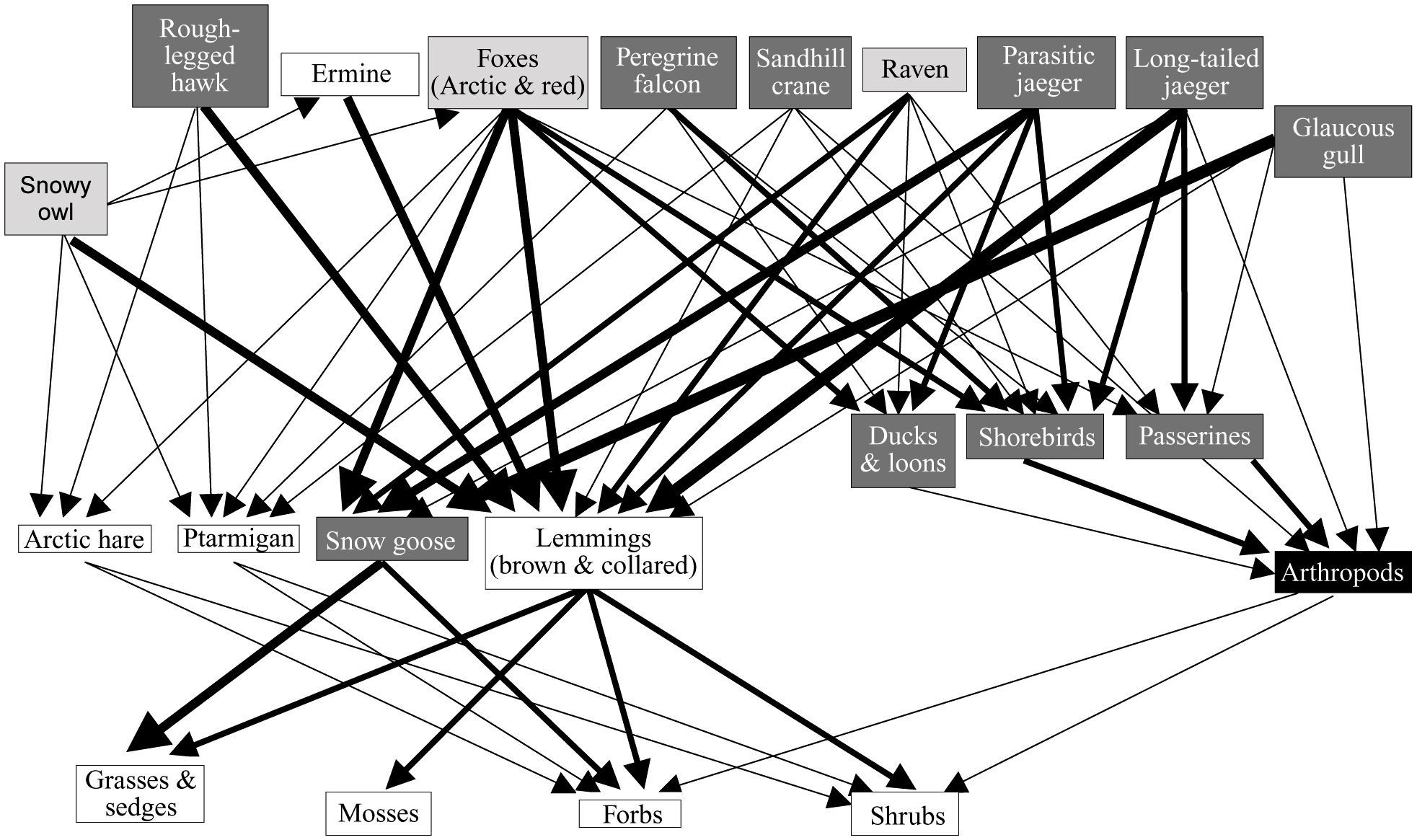
The Tundra Food Web Of Bylot Island In A Changing Climate And The Role Of Exchanges Between Ecosystems








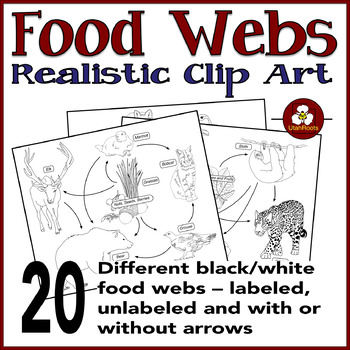

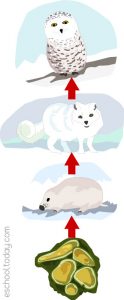


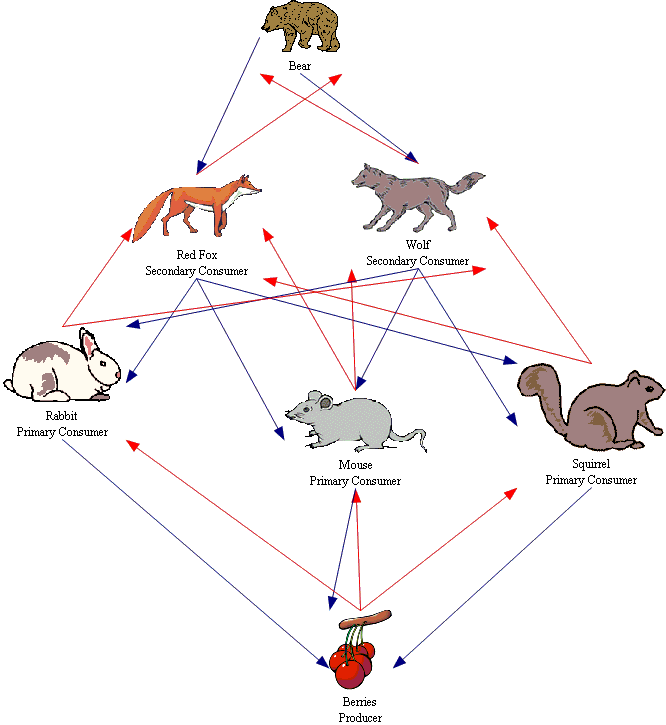
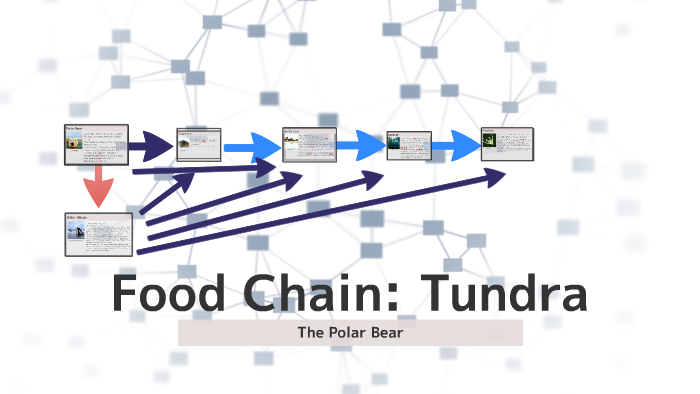

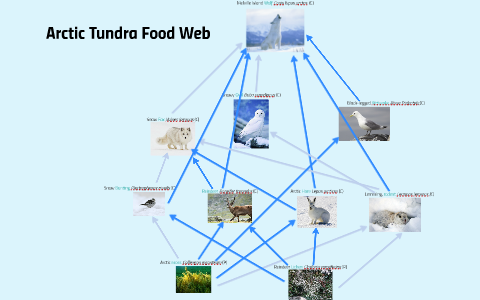

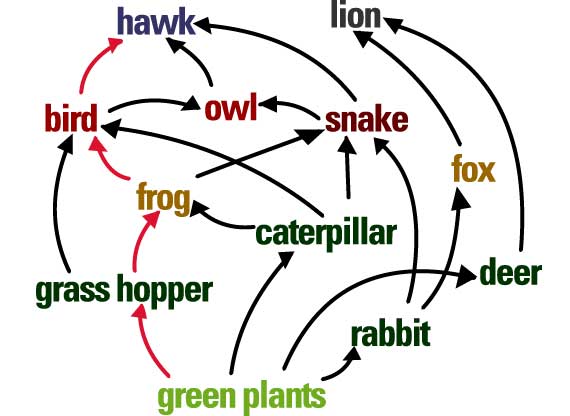

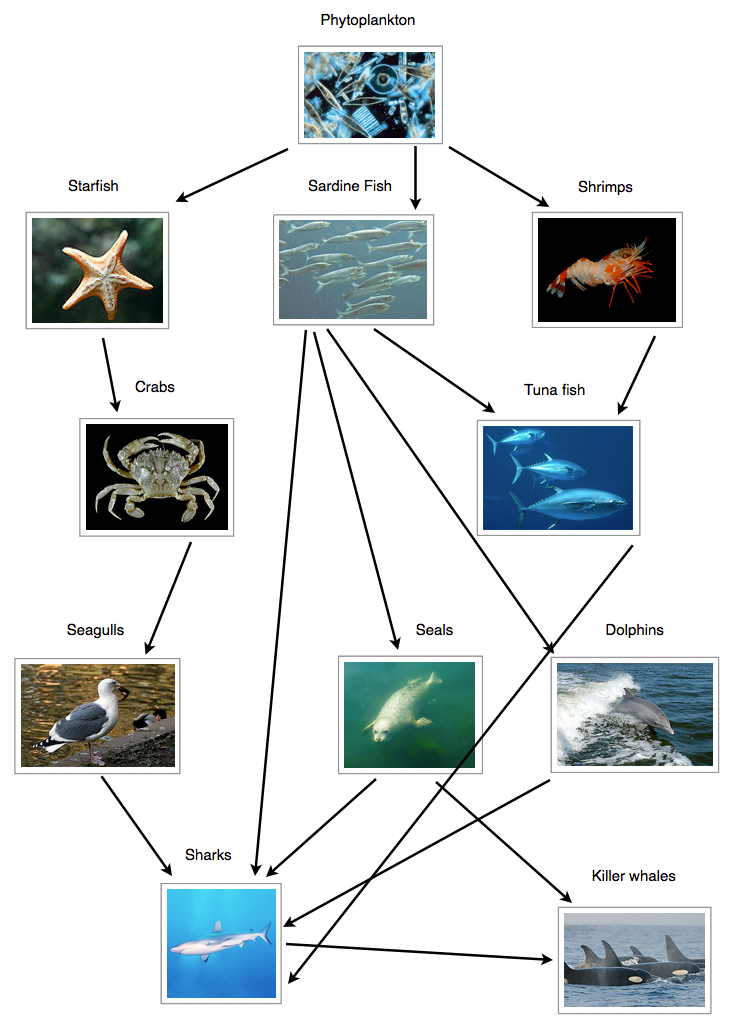



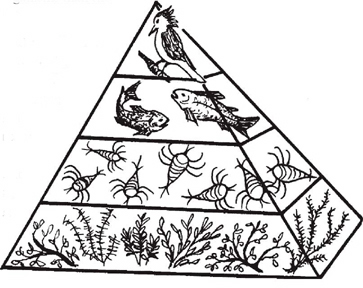

0 Response to "40 tundra food web diagram"
Post a Comment